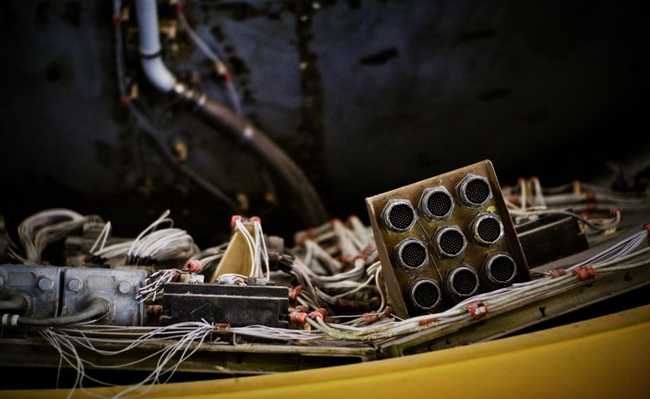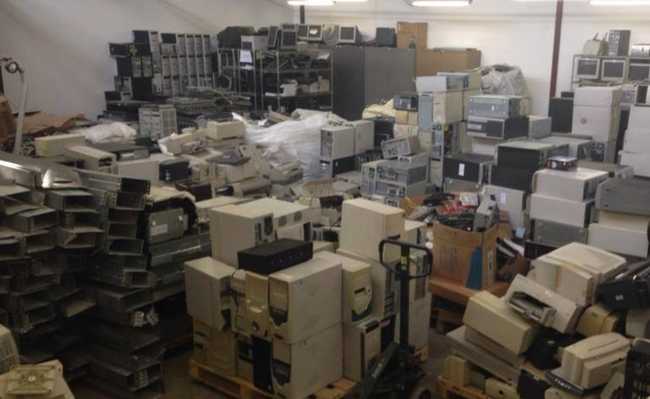What are the environmental impacts of heavy metals present in electronics?
With incorrect disposal, heavy metals that make up electronic devices cause various environmental and human health impacts

Image: Hafidh Satyanto on Unsplash
Know what computers, printers, scanners, phones and cell phones have in common? In addition to being useful for today's society, all these devices have heavy metals in their composition. Elements such as mercury, cadmium and lead can cause a variety of environmental and human health impacts if electronic equipment is disposed of incorrectly.
- What is mercury and what are its impacts?
- The risks of cadmium contamination
- Lead: heavy metal is also an atmospheric pollutant
Mercury, a heavy metal that deteriorates the nervous system, causes motor and sensory disturbances, tremors and dementia, is present in tube televisions, monitors, batteries, light bulbs and computers. Lead, which makes up cell phones, monitors, televisions and computers, causes genetic alterations, attacks the nervous system, bone marrow and kidneys, in addition to causing cancer. Cadmium, present in the same devices as lead, causes lung and prostate cancer, anemia and osteoporosis.
Beryllium is a heavy metal component of cell phones and computers and causes lung cancer. "Everything that has a battery, electronic board and wire has some contaminating material", says the specialist in environmental management at Cedir (Center for Disposal and Reuse of Computer Waste), belonging to the CCE (Center for Electronic Computing) of the University of São Paulo (USP), Neuci Bicov, noting that this type of material is cumulative – the more contact you have with it, the worse for your health.
The generation of electronic waste grows more and more and most of this waste could be used again or recycled, but the destination ends up being the worst possible: landfills and dumps - or worse: the environment. “Electronic materials, such as computer boards and CRT monitors, do not release contaminants when they are indoors. But in landfills the temperature is higher and the contact with the rain, which is usually very acidic in metropolises, causes the heavy metals to be released directly into the soil”, explains the specialist at Cedir. This process can also contaminate groundwater, depending on the region of the landfill or dump.
In a computer, 68% of the product is made with iron, while 31% of the composition of a notebook is plastic. Overall, 98% of a PC is recyclable. “But in practice this number drops to around 80%. Mixing plastic and metallic components with heavy metals makes separation difficult,” explains Neuci.

Cedir/USP deposit. Image: Facebook Cedir/Reproduction
Industry encourages consumption without thinking about disposal
The speed with which the industry launches new electronics in the market makes the reuse to be devalued. “Here at Cedir we receive so much that a few years ago were paid with great difficulty and even in installments, such as beeps, pagers, tape recorders, and now they are garbage,” says the environmental manager, who reports something similar when it comes to computers. “Many times a person installs so many programs on the computer and after a while he thinks he was outdated. So she buys a new one and the internet browsing speed remains the same, because the problem is the internet service”.
- What is scheduled obsolescence?
The Brazilian solid waste law, enacted in 2010, establishes that since 2014 electronic waste can no longer be disposed of in landfills and dumps. Manufacturers are responsible for giving the correct destination to the materials they produce. But the real correct destination depends on the population's demands.
Now that you know how dangerous your computer or cell phone can be, find the best destination to prevent the heavy metals in your old electronics from causing environmental impacts . See the Recycling Stations section of the eCycle portal .










